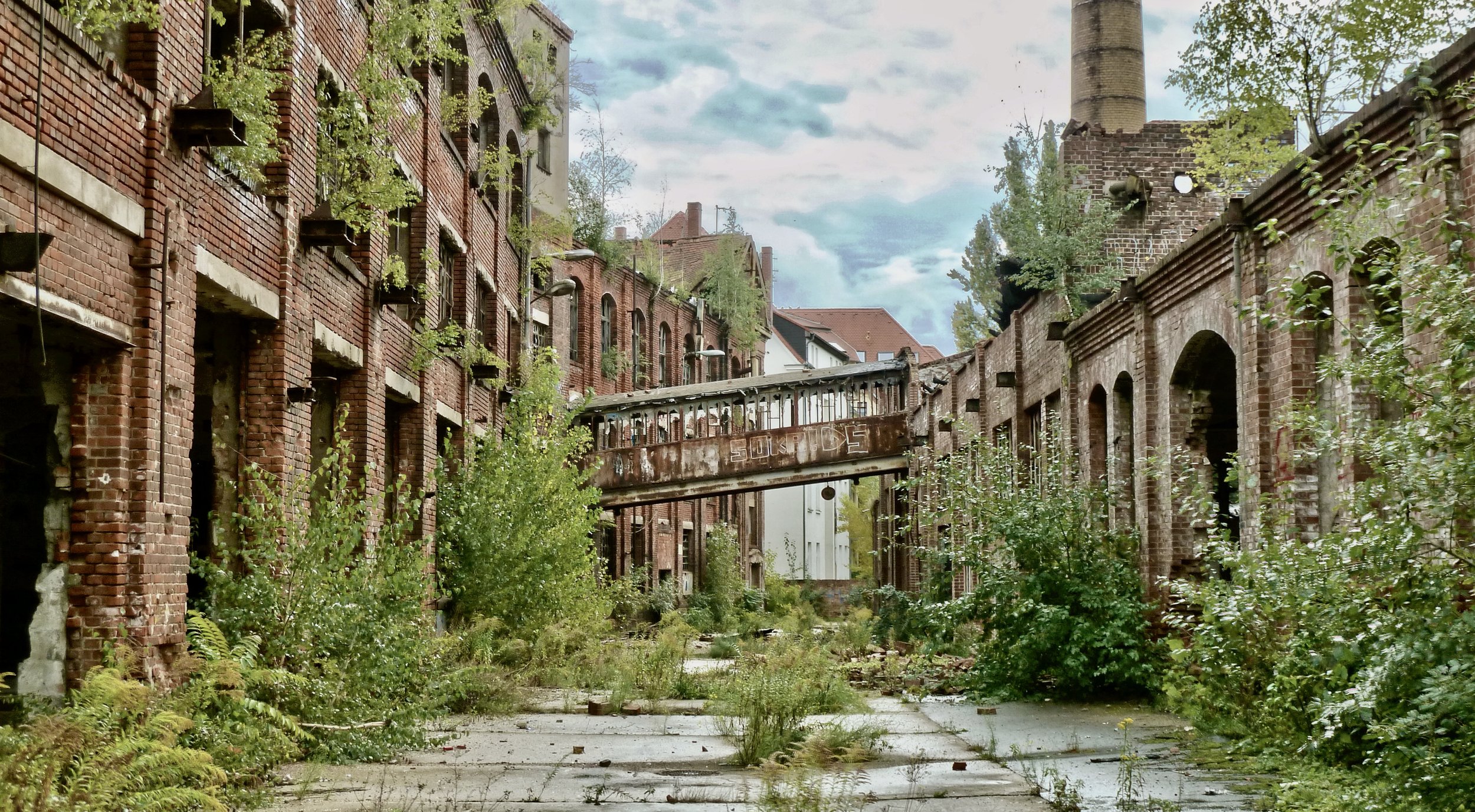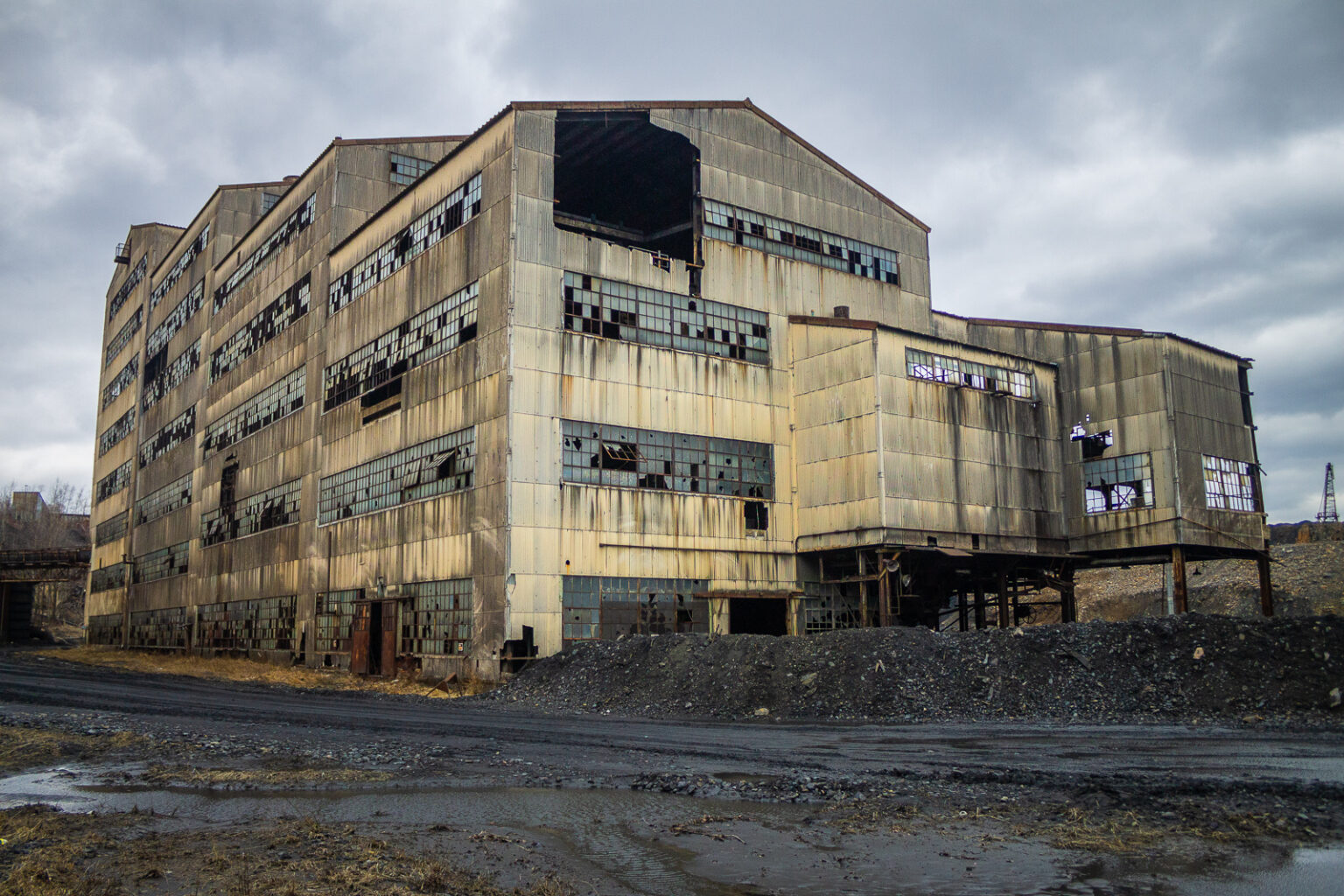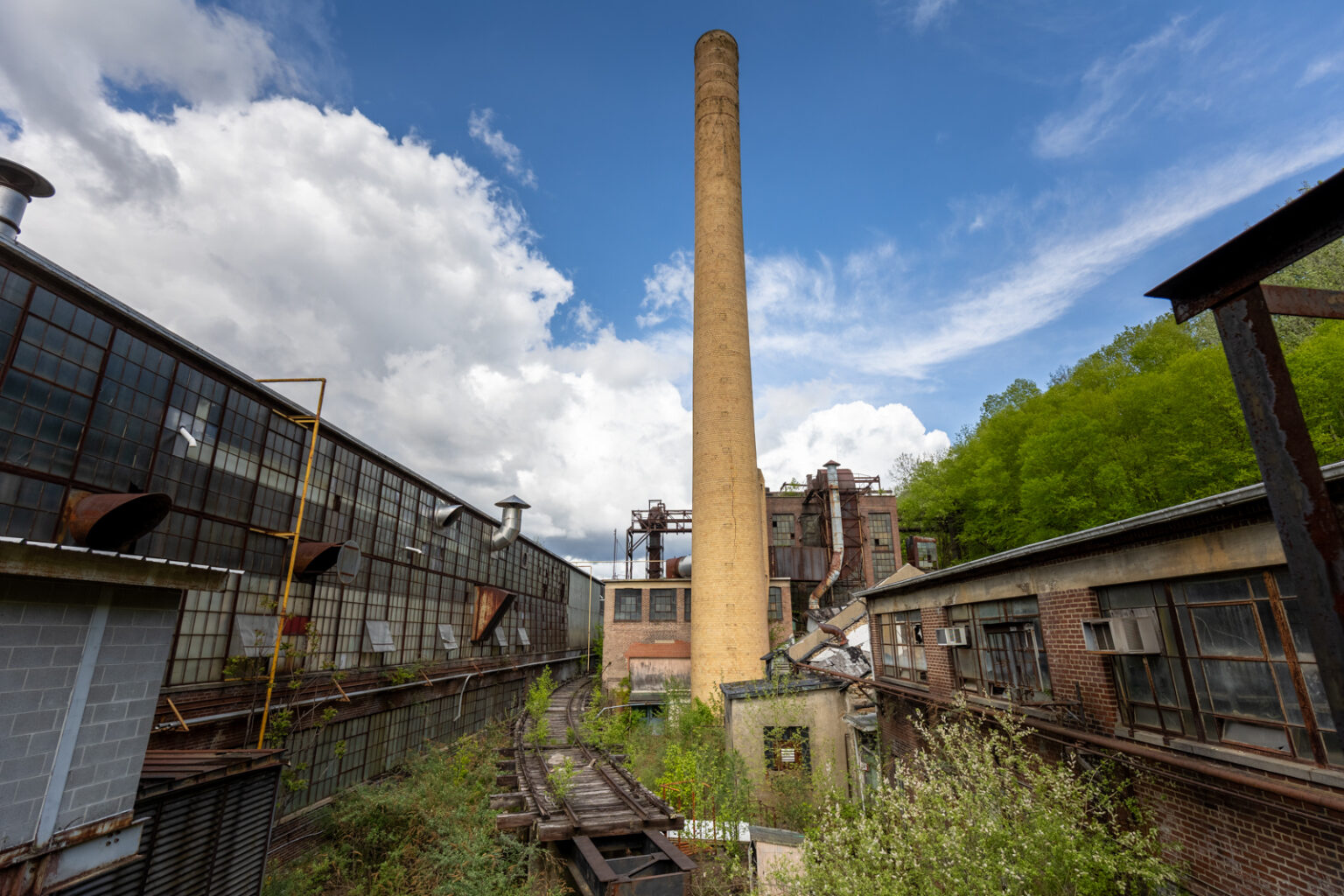Can a decaying relic tell a story, speak to the soul, and offer a glimpse into a forgotten era? The answer is a resounding yes, particularly when considering the haunting beauty and historical weight of abandoned industrial sites.
These silent sentinels, scattered across the globe, from the rust belt of America to the industrial heartlands of Europe and beyond, stand as poignant reminders of a bygone era. They are the abandoned factories, mills, power plants, refineries, and steel mills the physical embodiments of progress, innovation, and the relentless march of industry. Their current state of beautiful decay is not merely a sign of decline; it's an invitation to explore, to appreciate the confluence of history, artistry, and the inevitable cycle of creation and abandonment.
These locations provide a window into the past, offering a tangible connection to the lives of those who toiled within their walls and the communities they helped to shape. The immense factories, once humming with the ceaseless activity of production, now stand as hushed monuments to innovation, economic shifts, and the human spirit. The silent machinery within these factories speaks of ingenuity, the relentless pursuit of efficiency, and the dreams of growth that fueled the industrial revolution. As the world pivots and technological advances render these spaces obsolete, they become hauntingly beautiful relics of a former world.
- Unveiling The Talent Of Merrin Dungey A Journey Through Film And Television
- Unveiling The Life Of Maureen Blumhardt A Journey Beyond The Spotlight
| Aspect | Details |
|---|---|
| Type | Abandoned Industrial Sites |
| Locations | Worldwide, with significant presence in the United States (Midwest, East Coast), China (Liuzhou City), and various European locations. |
| Time Period | Primarily related to the Industrial Revolution and 20th-century industrial booms. Some sites date back to the 18th century. |
| Common Features | Factories, mills, power plants, refineries, coal breakers, steel mills, chemical works, processing plants, mining operations, abandoned health care facilities, and more. |
| Themes | Industrial heritage, historical preservation, urban decay, deindustrialization, environmental pollution, the impact of technological advancements and economic shifts, the passage of time, and the intersection of art and history. |
| Notable Examples | Kennecott (mining), Delco Manufacturing Plant (Rochester, New York), Sites in Detroit, Milwaukee, and other Midwestern cities, abandoned power plants and factories globally, Liuzhou City (China). |
| Present Day Condition | Many sites exhibit significant decay, with collapsed roofs, rusted machinery, and varying levels of environmental contamination. Some have been redeveloped, preserved, or repurposed. |
| Current Activities | Exploration, photography, historical research, urban exploration (urbex), adaptive reuse (e.g., art spaces, dining, parks). |
| Significance | These sites represent a complex system of values, including historical, social, aesthetic, and economic narratives. They embody the negative consequences of material exploitation, environmental pollution, and deindustrialization. |
| Reference | Wikipedia - Abandoned Factory |
The exploration of these sites is a journey through time, a way to grasp the profound transformations that have reshaped our world. Each site has its own unique story, a story etched in the architecture, machinery, and lingering remnants of the activities that once took place within its walls. For example, consider the abandoned power plants, which not only represent the history of the towns they supported, but also reveal the intricate design of the generating rooms, where raw power was harnessed.
Consider the Delco Manufacturing plant in Rochester, New York, a city that once thrived on industry. The images of the abandoned plant, a stark reminder of lost jobs and economic shifts, are a poignant representation of the larger story of deindustrialization. The Delco factory stands in tandem with many other industrial sites in America that now serve as demonstrations of historical preservation.
The colossal machinery, the skeletal frames of buildings, and the quiet, empty spaces offer visual cues and hints of the stories that remain. These locations challenge us to see beauty where others see only decline. They provide a blank canvas for artists, photographers, and urban explorers, who discover beauty in the shadows, the rust, and the crumbling infrastructure. The beautiful decay is a visual testament to the passage of time and the transformative power of nature, slowly reclaiming what was once built by man.
- Exploring The Allure Of Snapchat Spotlight Nsfw
- Exploring The Life And Achievements Of Oliver Mclanahan Phillips
In the midwest, cities like Detroit and Milwaukee are the sites of a vast amount of abandoned sites, these structures now find new life, finding new purposes, such as galleries for art, dining establishments, and places to remember history. These transformations are a testament to the human spirit's ability to adapt and to discover value in unexpected places.
The study area in Liuzhou City, southwest China, illustrates a different perspective. This abandoned industrial site, covering approximately 203,500 square meters, offers insights into the cycle of industrial production and abandonment. The history of this location, marked by its origins in undeveloped fields, the construction of a canal, and the eventual rise of industrial production, highlights the shifts that have taken place in recent times. The abandonment of the site around 2020 underscores the modern trends in production and development.
These industrial sites exemplify the negative consequences of material exploitation, environmental pollution, and deindustrialization. They represent the complexities of industrial heritage and the importance of adaptive reuse. However, as the world pivots towards a different age, it is crucial that we find new life and ways to preserve these abandoned structures.
There is the potential for these sites to be redeveloped, like the site that was abandoned in 2006. The former CEO pledged to redevelop the site, rather than it sitting vacant. The preservation and reuse of abandoned industrial buildings play an important role in the process of urban regeneration.
As the world moves away from the industrial age and deeper into the information age, the relics of our former industries can be seen aging and abandoned. Often, older industrial buildings and sites are so polluted with the materials once used or made there that the locations cant be used for much else. Rapid development, advancements in technology, and a changing economy have led to many industrial buildings being obsolete and abandoned.
The adaptive reuse of industrial buildings is a sustainable method that finds new ways and purposes for such old structures to be used again. It allows for increasing the life of a structure while also reducing the need for new construction, which is often environmentally damaging. This is a vital step for protecting the environment and heritage. By preserving and reusing these industrial structures, we can prevent them from becoming a mere footnote in history.
The abandoned industrial sites of the East Coast showcase another side of this story. These locations, as documented in photographs, reflect the specific circumstances of the region. Such sites, from the abandoned building of unknown usage in Washington, D.C., to the transformation of Farnborough IQ, where historic buildings now house businesses, illustrate a range of possibilities for the reuse of these spaces.
Beyond factories and power plants, the story extends to abandoned healthcare facilities asylums, state schools, hospitals. These locations, particularly in the New England area, reflect the history of care and mistreatment of the mentally ill over the past two centuries.
In 2009, a unique park opened in New York on the site of an old industrial railway track. Known as the West Side Elevated Line, it transported millions of tons of food across the city, cutting through factories on its way. Today, it is a park.
As we explore these abandoned sites, it is essential to recognize the interplay of historical, social, aesthetic, and economic narratives. The abandoned industrial sites tell the tale of a boom and bust, the rise and fall of industries, and the impact of these shifts on communities. They are reminders of both the remarkable achievements and the painful consequences of industrialization. These abandoned spaces are much more than just relics; they are stories waiting to be rediscovered, places where history, art, and the power of human ingenuity converge, and where the echoes of the past continue to resonate.
- Exploring The Life And Achievements Of Oliver Mclanahan Phillips
- Shiloh Joliepitt A Glimpse Into The Life Of A Rising Star


